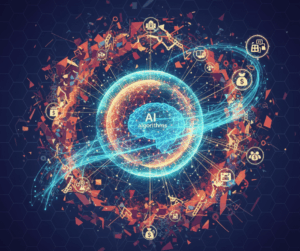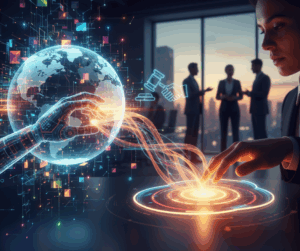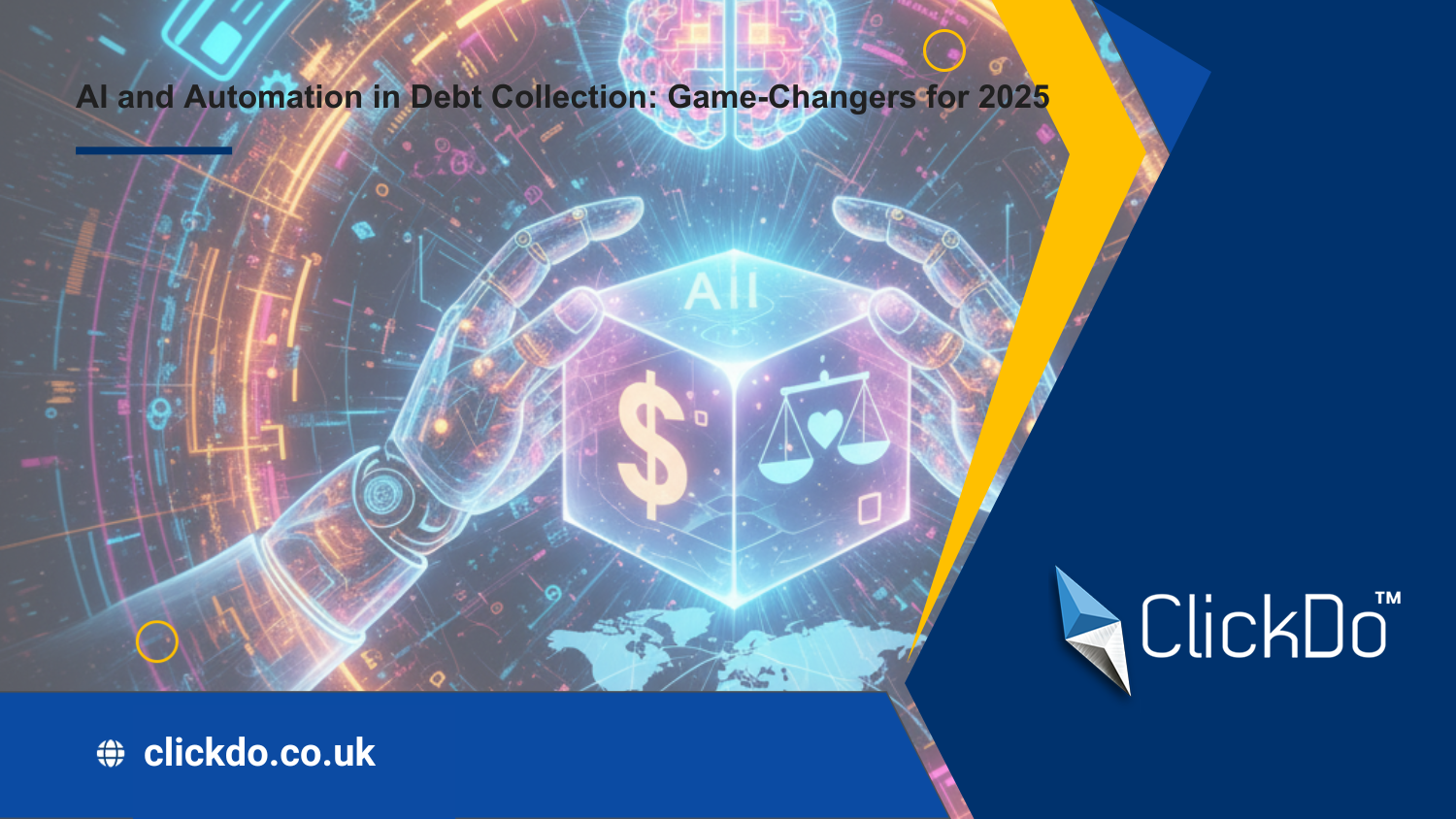The debt collection industry is undergoing a technological revolution in 2025, driven by artificial intelligence (AI) and automation. These innovations are redefining efficiency, accuracy, and client experience across global credit recovery processes.
As international trade expands and payment defaults become more complex, creditors and agencies are turning to AI-driven tools not just to collect debts faster—but to do so ethically and strategically.
The Global Shift Toward Data-Driven Collections

Since 2023, late payments have surged worldwide, particularly in B2B trade. Economic volatility, supply chain disruptions, and inflationary pressures have strained liquidity across markets. This environment has accelerated the adoption of automation in debt recovery.
According to McKinsey, automation can reduce collection costs by up to 40% while improving success rates by 25%. AI algorithms analyse debtor behaviour, predict recovery likelihood, and recommend the most effective communication strategies. Instead of relying on human intuition alone, creditors can now make decisions based on real-time data.
How AI Enhances Predictive and Behavioural Insights
AI excels in identifying patterns that traditional methods miss. By aggregating payment histories, credit ratings, and transactional data, machine learning models can forecast which accounts are likely to default and which can be rehabilitated.
Predictive scoring helps agencies allocate resources efficiently, prioritizing recoverable debts. Behavioural analytics, meanwhile, customize the recovery approach—determining when and how to contact debtors to maximize engagement without damaging relationships. These tools bring precision to a process that was once purely reactive.
Automation and Compliance: Reducing Legal Risks
Compliance remains one of the most critical concerns in cross-border collections. Each jurisdiction has its own data protection and debt recovery regulations, from GDPR in Europe to state-level laws in the U.S. Automation ensures that communication workflows, reminders, and data handling follow strict compliance protocols.
AI-powered documentation systems log every interaction, offering full transparency and auditability. This digital trail reduces the risk of disputes and legal exposure, while also boosting credibility with international clients.
Human Expertise Still Matters

Despite its efficiency, automation does not replace human judgment. Legal enforcement, negotiation, and complex dispute resolution still require experienced professionals who understand jurisdictional nuances. The most effective model in 2025 is hybrid—AI handles repetitive and data-intensive tasks, while human specialists focus on high-value interactions. This synergy enhances both speed and trust, enabling agencies to scale globally without compromising quality.
Global Adoption and Future Outlook
Developed markets such as the EU, U.S., and Singapore are leading AI adoption, driven by advanced digital infrastructure and regulatory clarity. Emerging markets are catching up, especially in sectors like fintech and cross-border trade.
By 2026, analysts expect over 60% of debt recovery agencies to integrate AI-powered automation into their operations. Future innovations, including blockchain verification and real-time payment scoring, will further streamline recovery processes. As competition intensifies, technology will no longer be a differentiator—it will be a requirement.
Partnering for the Future
The transition to AI-driven debt recovery demands both technical sophistication and legal expertise. Businesses looking to optimize recovery outcomes across jurisdictions should work with specialists who combine technology with a deep understanding of international law. Partnering with cisdrs.com provides access to global coverage, AI-powered tools, and expert negotiators who ensure ethical, compliant, and efficient recovery worldwide.




